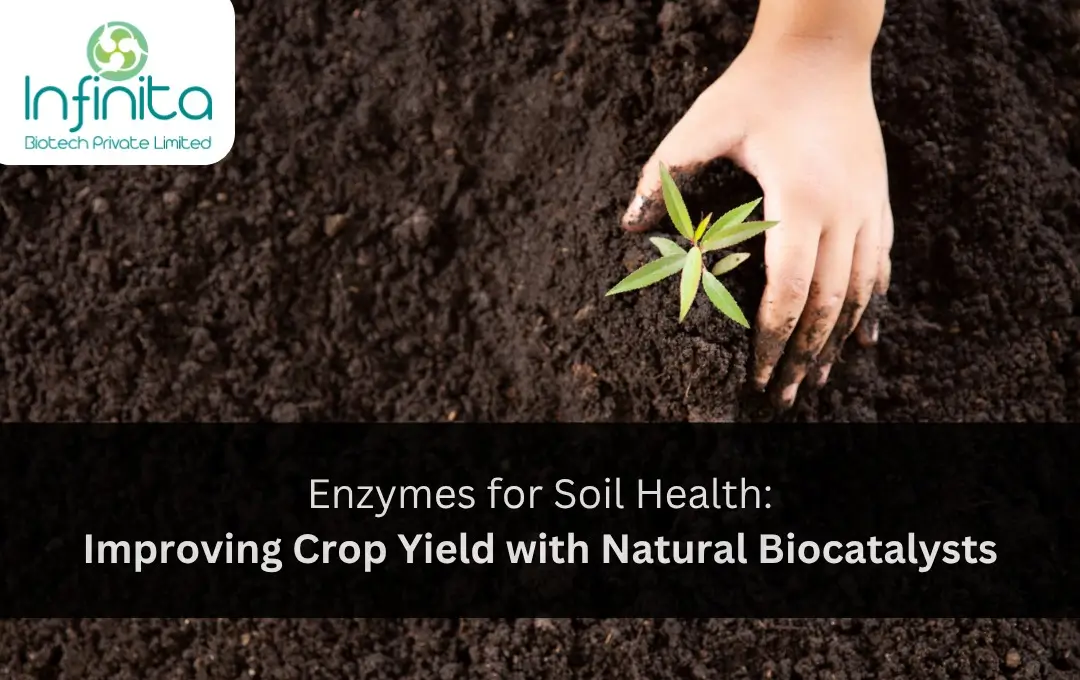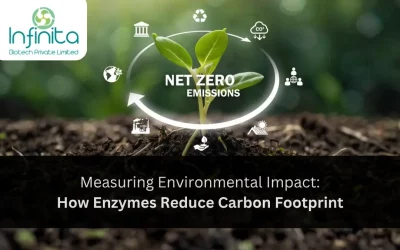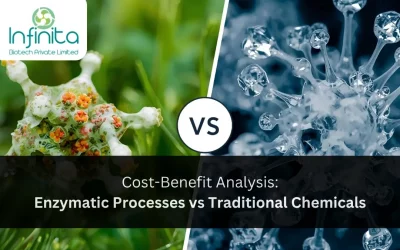Introduction
The foundation of every successful harvest lies beneath our feet—healthy, living soil. Yet, decades of intensive farming have depleted soils, stripped organic matter, and disrupted the delicate balance of microbial life. To restore productivity while safeguarding the environment, agriculture is turning toward nature-inspired solutions. Among them, soil stabilization enzymes are emerging as powerful allies, offering farmers a means to revitalise soils without reliance on synthetic chemicals.
These natural biocatalysts unlock nutrients, enhance soil structure, and foster a thriving ecosystem beneath the surface, paving the way for sustainable, high-yield farming.
Understanding Soil Stabilization Enzymes
Enzymes for Soil stabilization are specialised proteins that catalyse specific biochemical reactions in the soil. They act on organic and inorganic matter to transform complex compounds into plant-available nutrients. By doing so, they strengthen soil aggregates, making the structure more resistant to erosion and compaction.
Key types of enzymes include:
- Cellulases: Break down plant residues into simple sugars, feeding soil microbes and improving humus formation.
- Proteases: Decompose proteins into amino acids, enriching the nitrogen pool.
- Phosphatases: Release bound phosphorus from organic compounds, making it available for root uptake.
- Ureases: Convert urea into forms plants can absorb, reducing nitrogen losses.
These enzymes function synergistically with beneficial microorganisms, ensuring the soil remains biologically active and nutrient-rich.
Benefits of Enzymatic Soil Treatment for Agriculture
- Enhanced Nutrient Cycling
By accelerating the decomposition of crop residues and organic matter, soil stabilization enzymes ensure a steady release of essential nutrients throughout the growing season. This reduces the need for excessive fertiliser application. - Improved Water Retention
Enzymes help in building stable soil aggregates, increasing porosity, and water-holding capacity. This is vital in drought-prone regions where moisture conservation directly impacts yields. - Erosion Resistance
Stronger soil structure resists wind and water erosion, protecting topsoil—the most nutrient-dense layer essential for crop health. - Reduced Chemical Dependency
The natural nutrient release facilitated by enzymes decreases the need for chemical inputs, lowering costs and minimising the environmental footprint of farming.
Application Techniques for Soil Stabilization Enzymes
Direct Soil Incorporation
Granular or liquid enzyme formulations can be incorporated into the soil during ploughing or land preparation, ensuring immediate contact with organic matter.
Integration with Organic Amendments
Combining enzymes with compost, manure, or biochar accelerates decomposition and nutrient release, creating a rich, fertile soil matrix.
Precision Agriculture Use
Modern farming equipment can deliver enzymes precisely to root zones, ensuring targeted benefits while reducing wastage.
Impact on Crop Yield and Long-Term Soil Health
Stronger Root Systems
Enzyme-enriched soils promote robust root development, enabling plants to access deeper water reserves and nutrients.
Microbial Diversity
By creating favourable conditions for beneficial microbes, enzymes support a resilient soil microbiome capable of suppressing pathogens and enhancing plant resilience.
Sustainable Productivity
Continuous enzymatic activity ensures nutrient replenishment season after season, maintaining high yields without depleting the soil.
(Interlink with: Enzymes for Wastewater Treatment)
Challenges and Technological Advancements
While the promise of soil stabilization enzymes is immense, practical challenges remain. Enzyme stability can be affected by temperature extremes, pH fluctuations, and UV exposure. This has driven innovation in:
- Encapsulation technologies that protect enzymes until they reach their target site.
- Multi-enzyme blends tailored for specific soil types and crops.
- Slow-release formulations that extend activity over weeks or months.
These advances are expanding the applicability of enzymatic soil treatments to diverse agricultural systems worldwide.
Conclusion
Enzymes Soil stabilization are more than agricultural inputs—they are catalysts for ecological restoration and productivity. By working with nature’s processes, they rebuild soil health, enhance yields, and support the shift toward regenerative farming practices.
As demand for sustainable food production intensifies, enzyme-based soil treatments will play a pivotal role in ensuring fertile fields, resilient crops, and thriving rural landscapes for generations to come.







